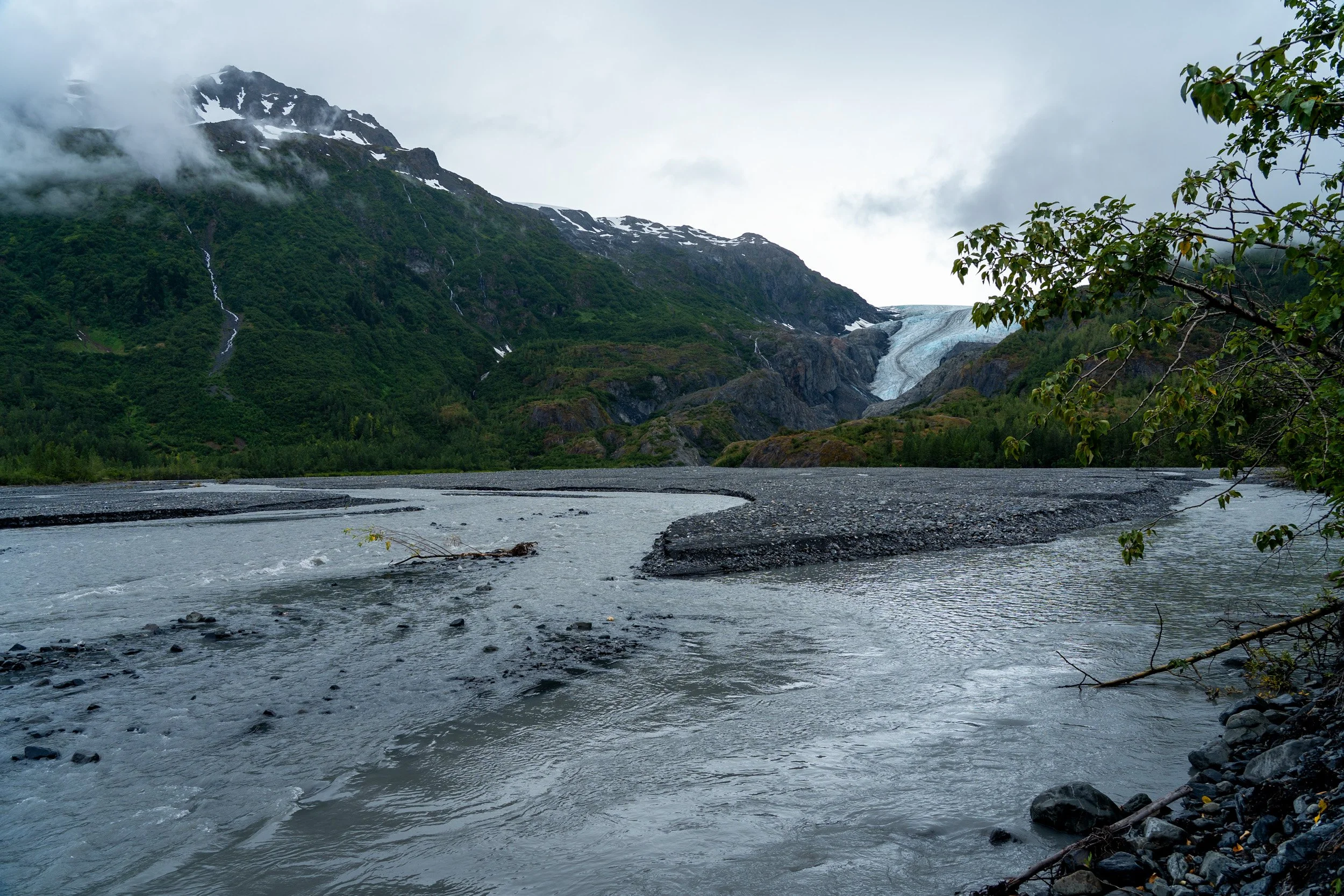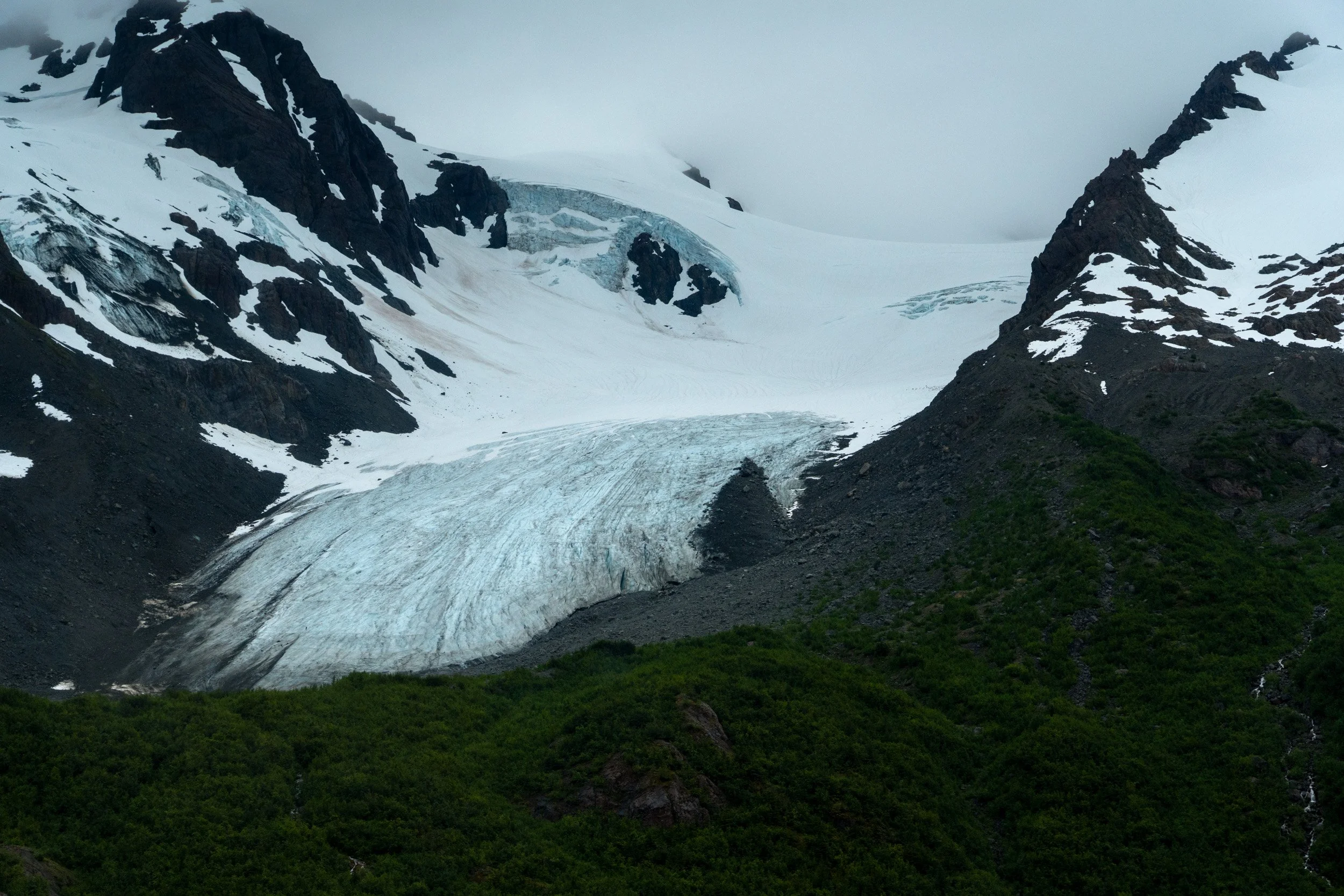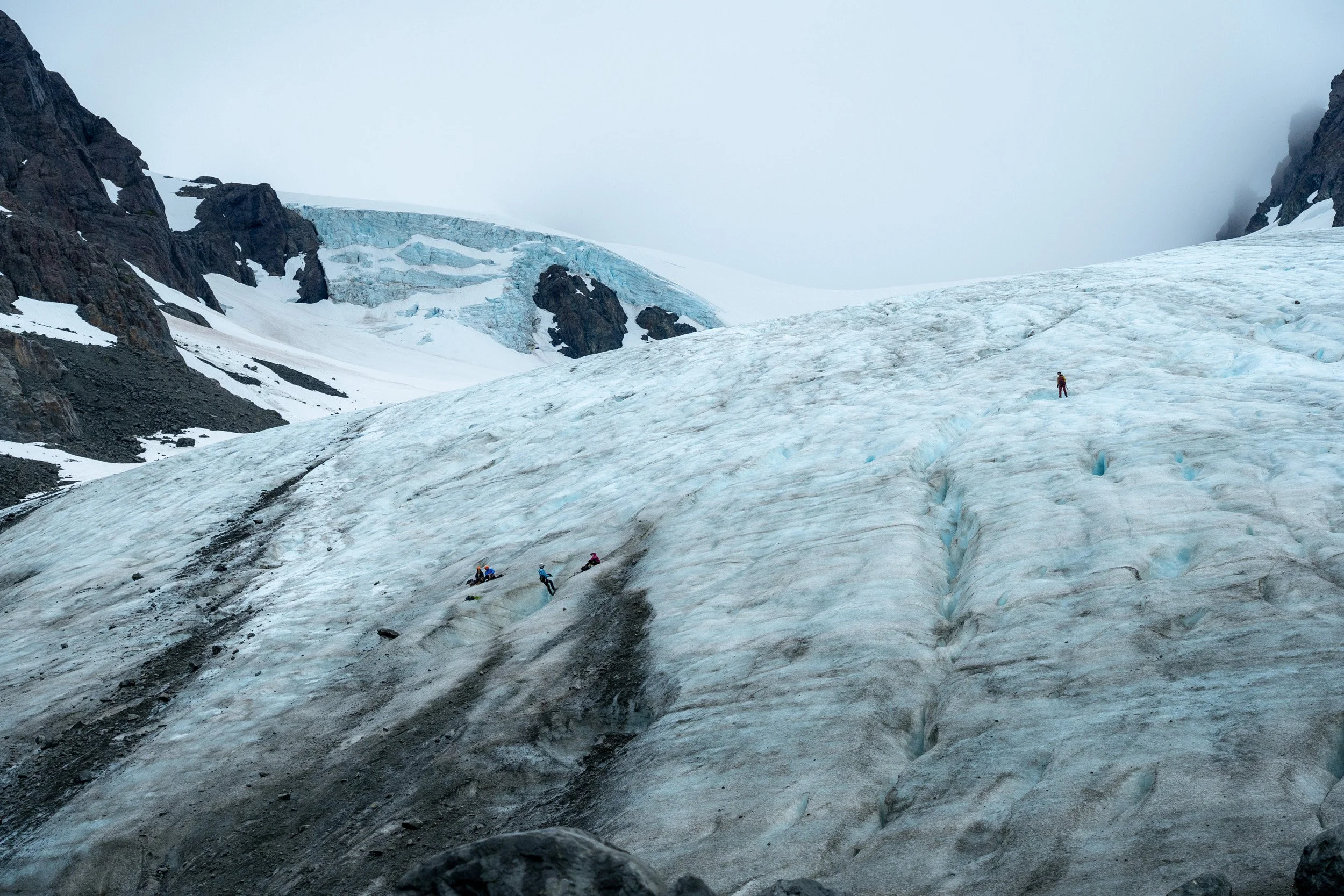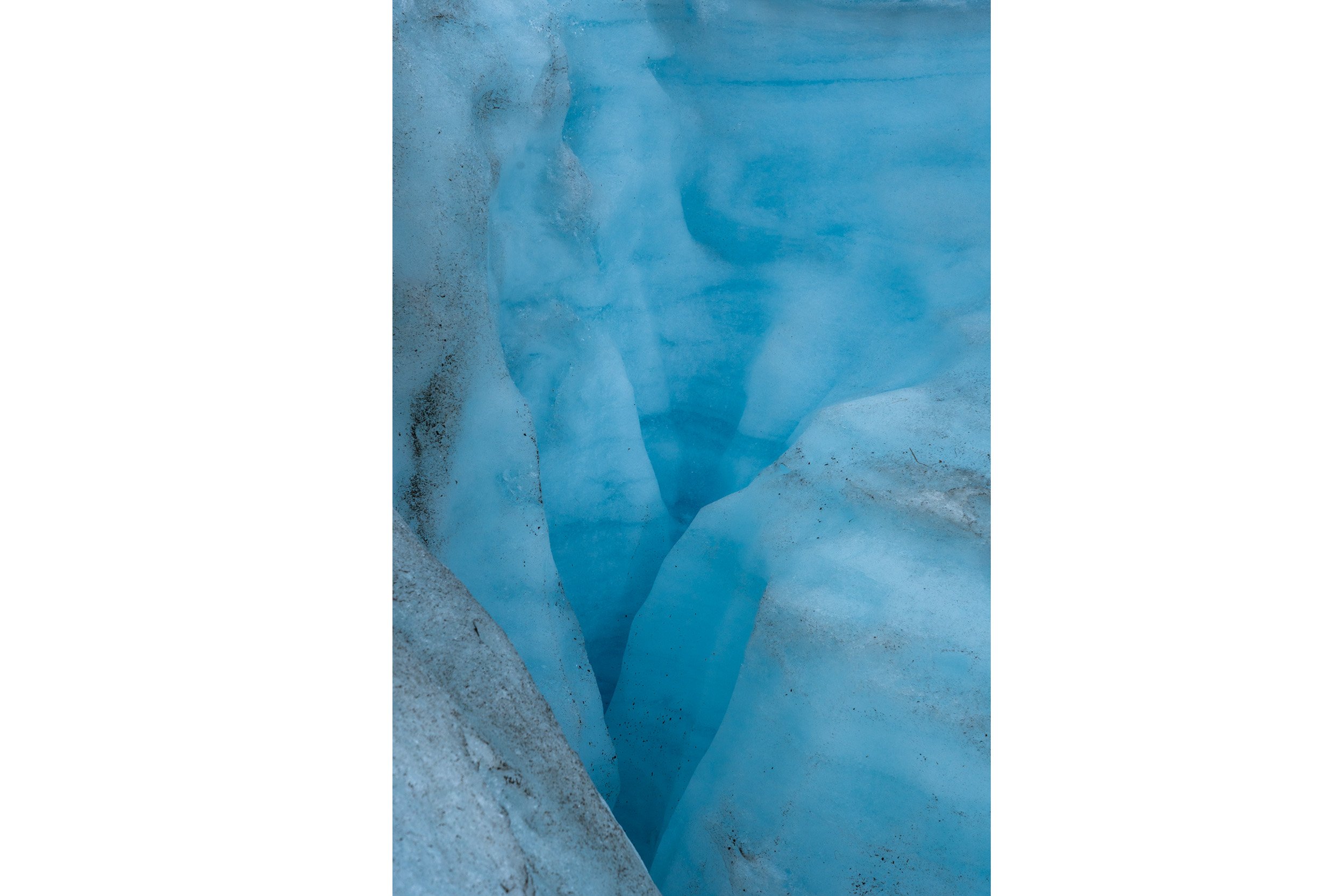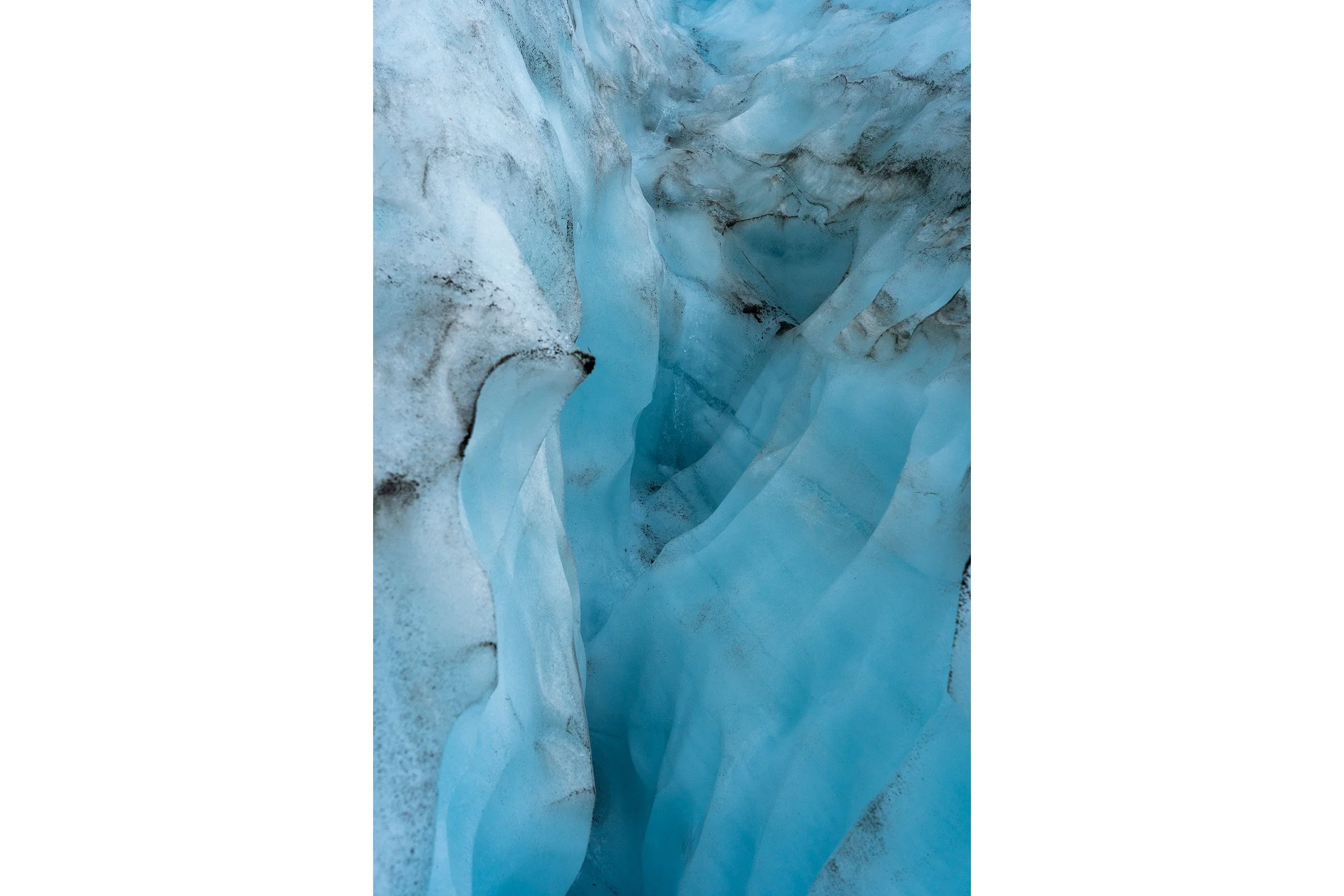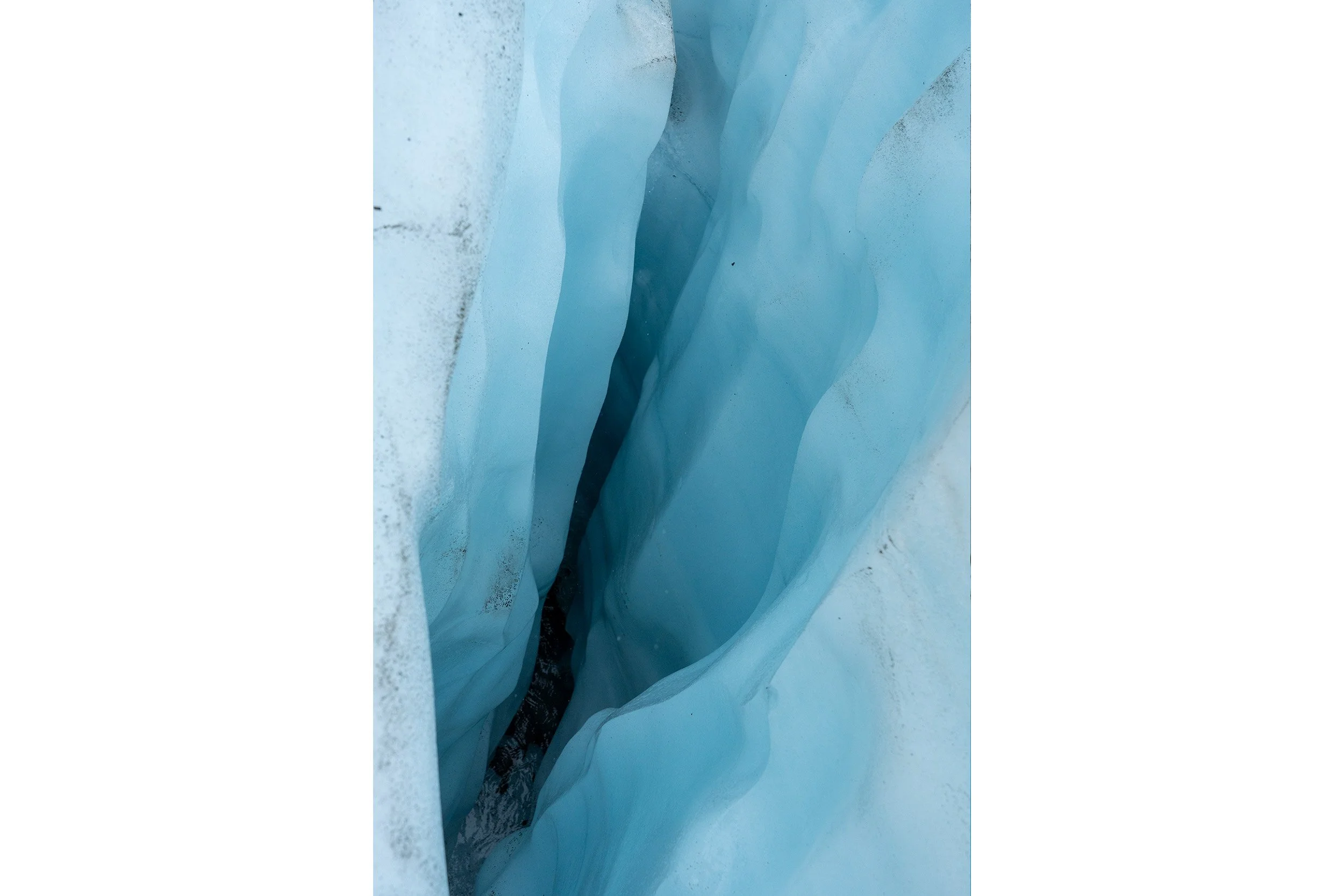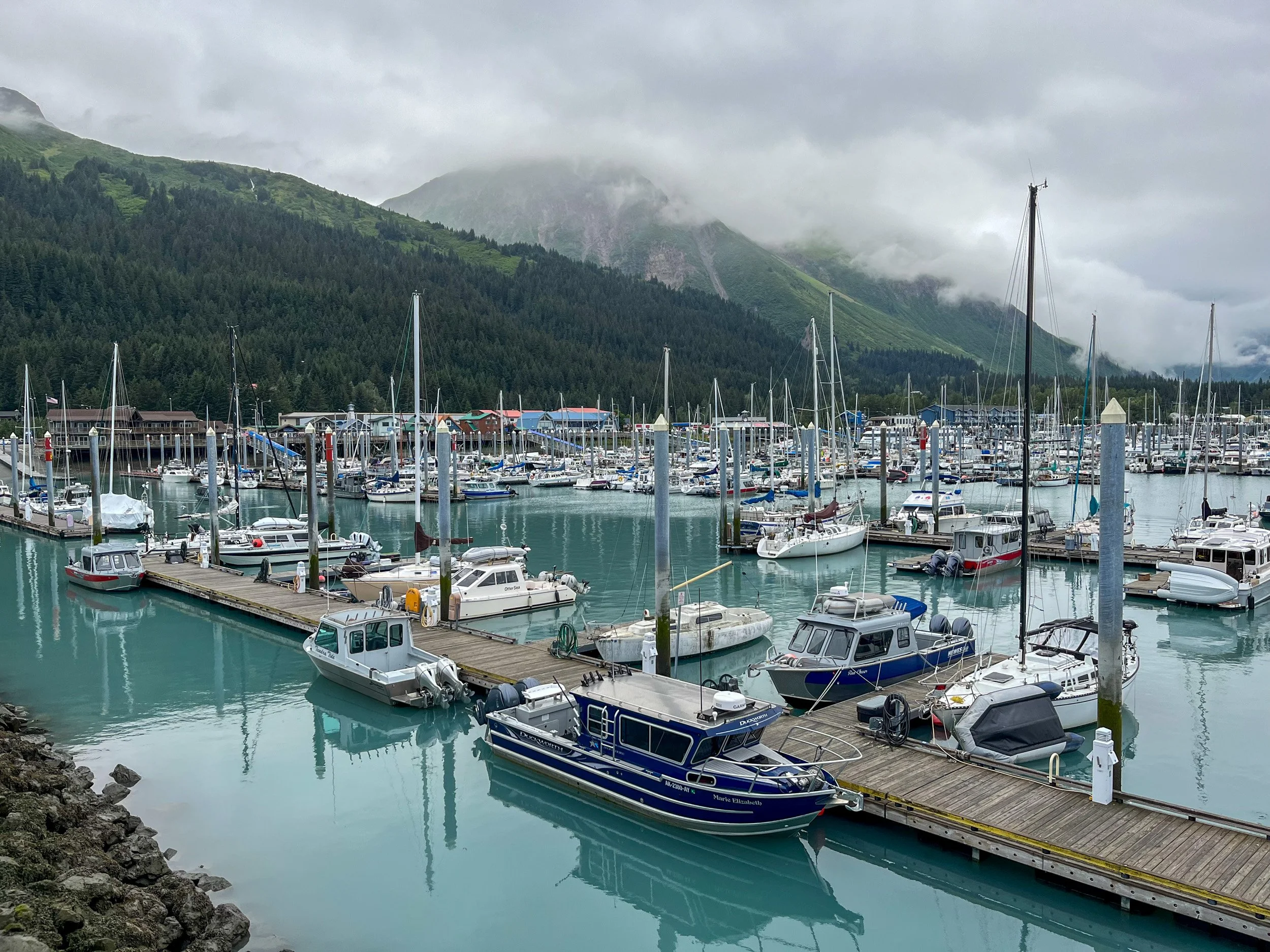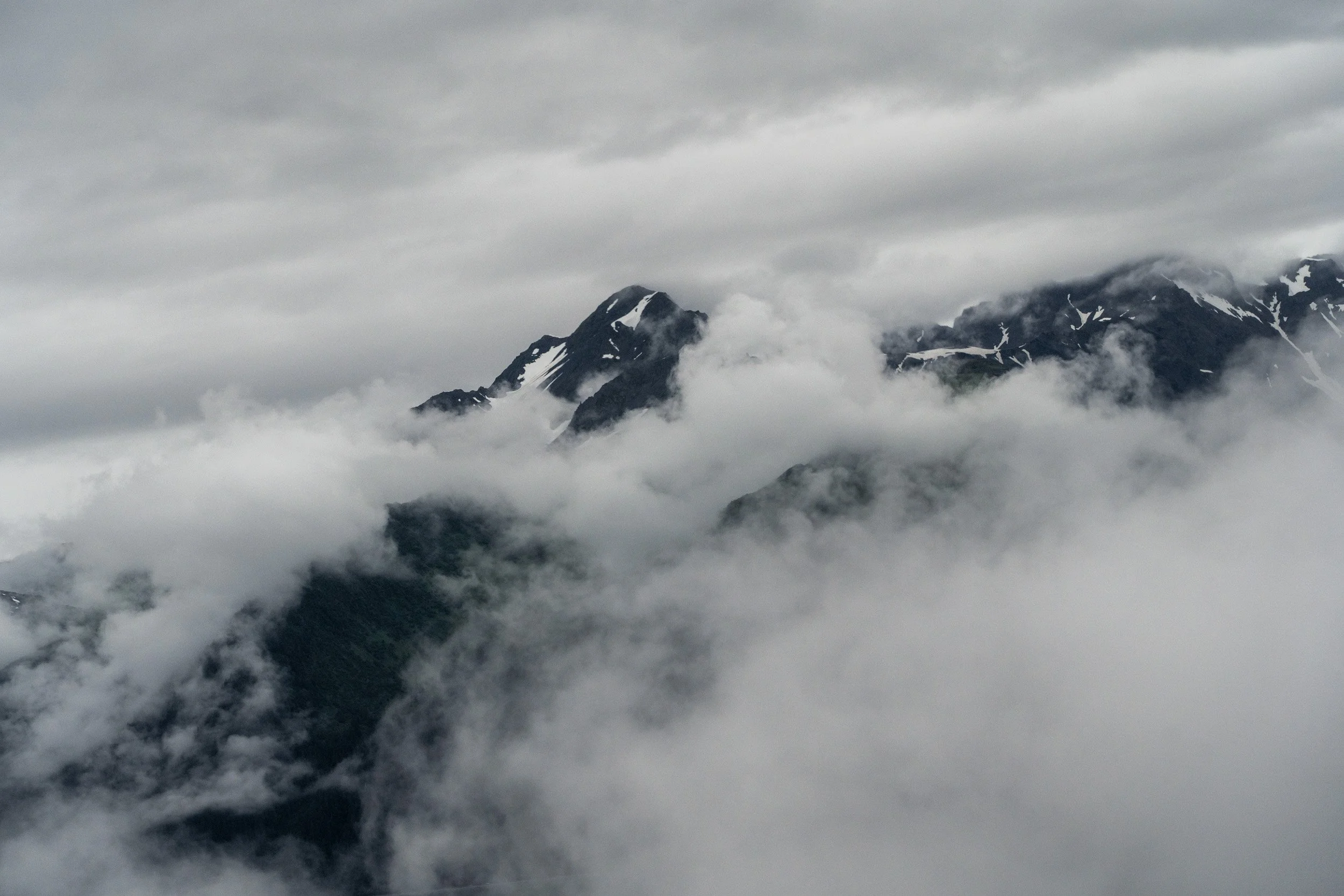Alaska’s Vanishing Glaciers
Alaska’s Wolverine and Exit Glaciers are vivid examples of rapid ice loss in a warming climate. Exit Glacier, a popular destination in Kenai Fjords National Park, has retreated more than a mile in the past century. Wolverine Glacier, high in the Kenai Mountains, is carefully monitored by scientists and has steadily lost mass since the 1960s. These glaciers, once symbols of Alaska’s enduring wilderness, now reveal how quickly ice can vanish, reshaping landscapes and challenging both nature and human communities.
The Exit glacier is located in the Kenai Fjords National Park, Alaska. It can be easily seen, at a distance, from an easily walkable park trail. It clearly shows glacial recession (ice loss) due to climate change with many historical markers indicating its prior size and location.
From 2010 the Exit Glacier had been receding at the rate of 126 feet per year but in more recent years that rate has been accelerating rapidly.
The Exit Glacier outwash plain carries meltwater to Prince William Sound.
The Wolverine Glacier is one of four “Benchmark Glaciers” in North America and is monitored by the World Glacier Monitoring Service (WGMS). The Wolverine glacier has been monitored for recession (ice loss), mass balance and meltwater runoff since 1966.
From these measurements and many others, scientists now know that Alaska is warming two to three times faster than the global average, or 4.2 degrees Fahrenheit since 1970.
Wolverine Glacier.
Wolverine Glacier with humans for scale.
Wolverine Glacier with humans for scale.
Wolverine Glacier.
Wolverine Glacier. A moulin is formed when meltwater finds a crack in the ice and vertically erodes the ice over time. Moulins can reach the bottom of the glacier, in some case hundreds of meters deep.
Wolverine Glacier. Glacier ice is blue because the red (long wavelength) part of white light is absorbed by the ice and the blue (short wavelength) light is transmitted and scattered. The longer the light path travels in ice and the more dense the ice, the more blue it appears.
Wolverine Glacier.
The Wolverine Glacier outwash plain carries meltwater to Prince William Sound.
The Wolverine Glacier outwash plain carries meltwater to Prince William Sound.
The Wolverine Glacier is only accessible by helicopter, short ride from Seward, Alaska.
The town and harbor of Seward, Alaska. The sea water has a natural aqua color due to a very fine-grained powder of silt and clay in the glacier meltwater that reflects light from some portion of the blue and green spectrum.
The Harding Icefield sits within the Kenai Fjords National Park in south central Alaska. It’s 700 square miles is the home to many glaciers including the Exit and Wolverine glaciers. The ice is approximately 23,000 years old and has a maximum dept of 4,000 feet.
A mountain peak in the Kenai Fjords National Park

